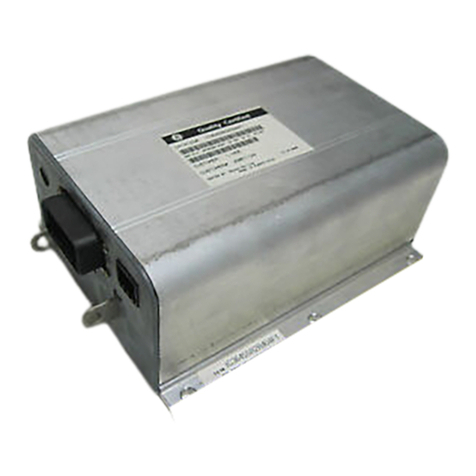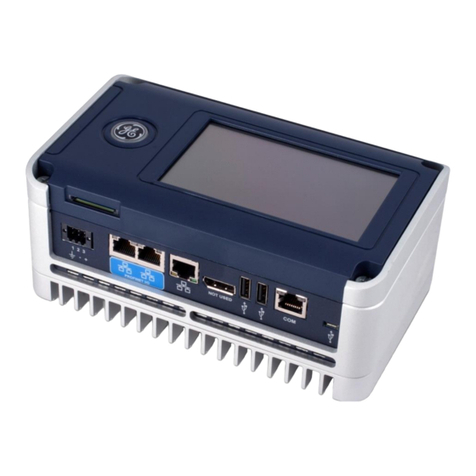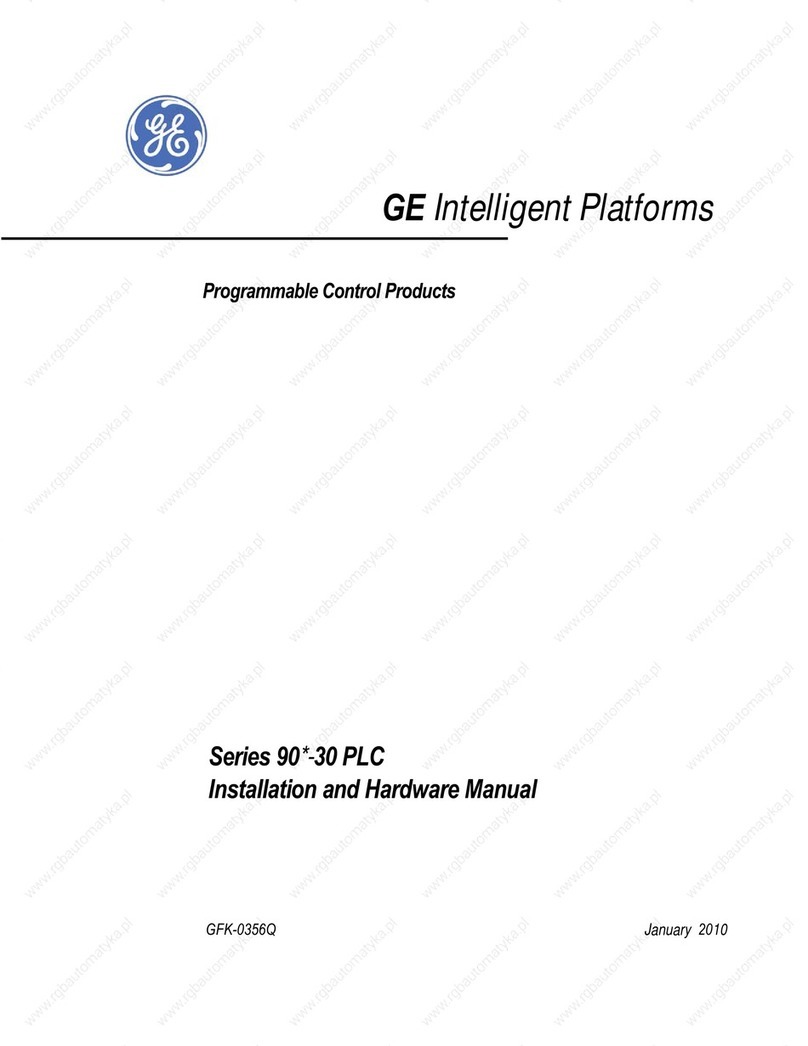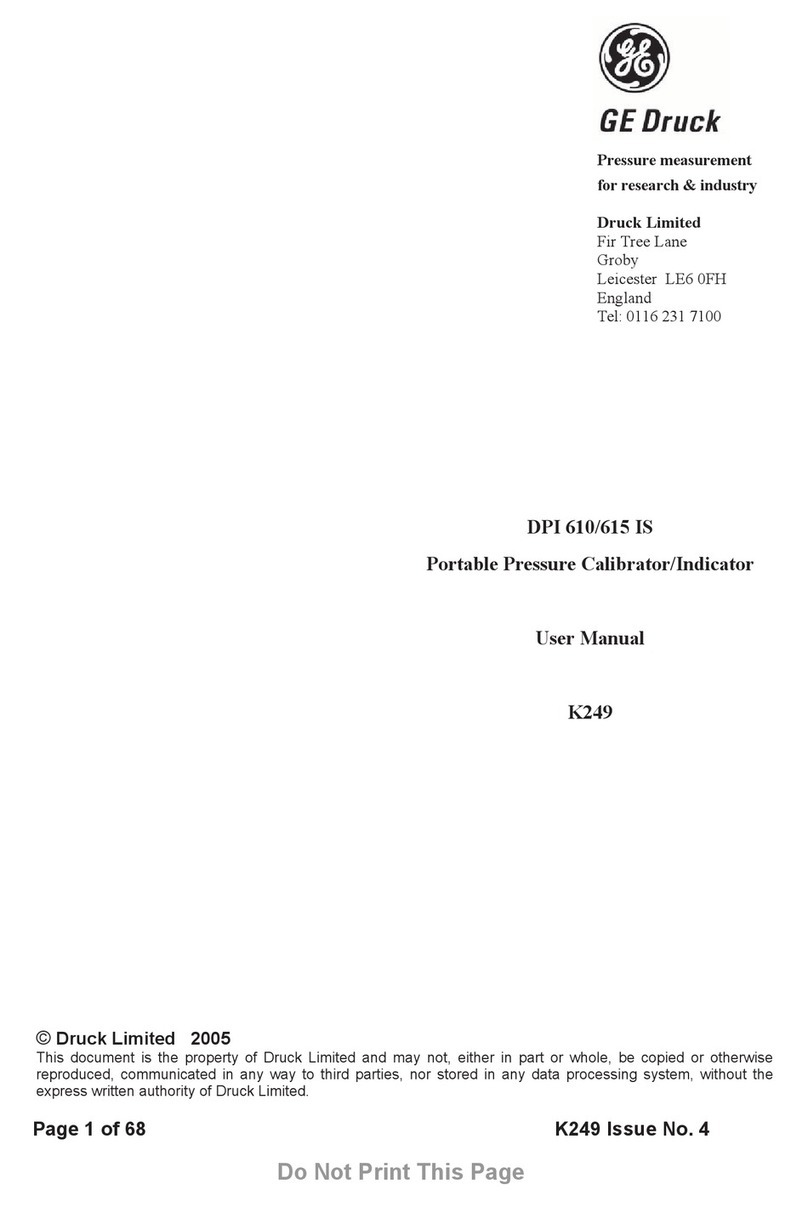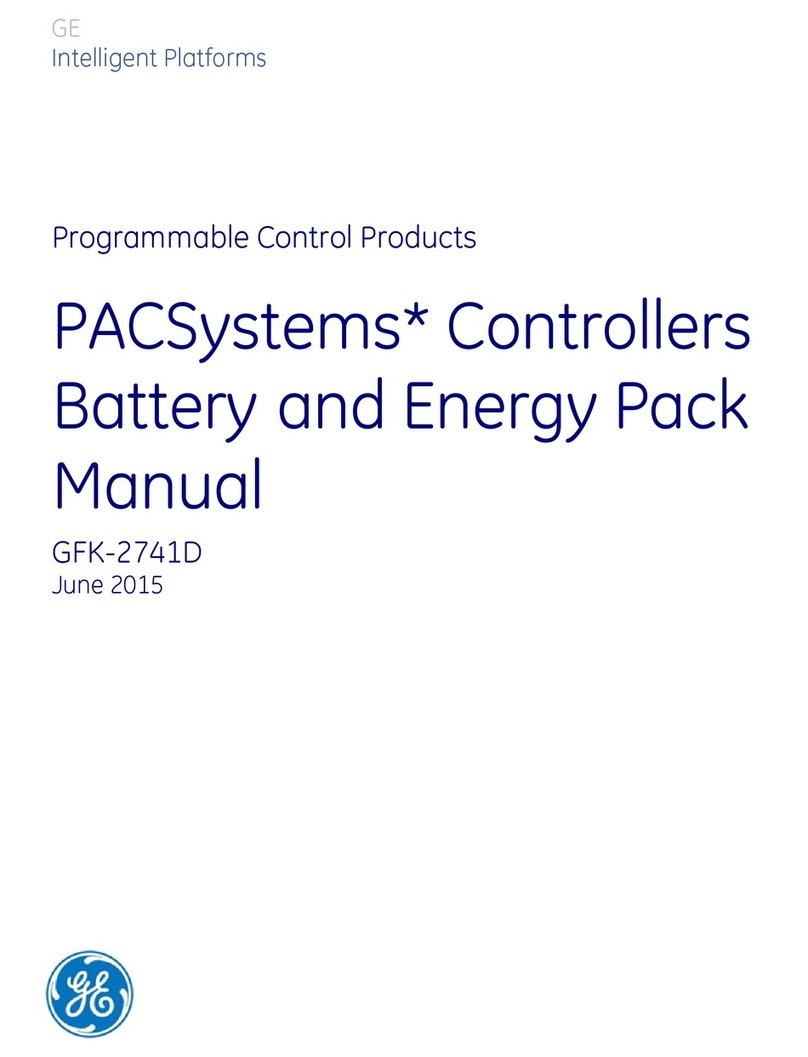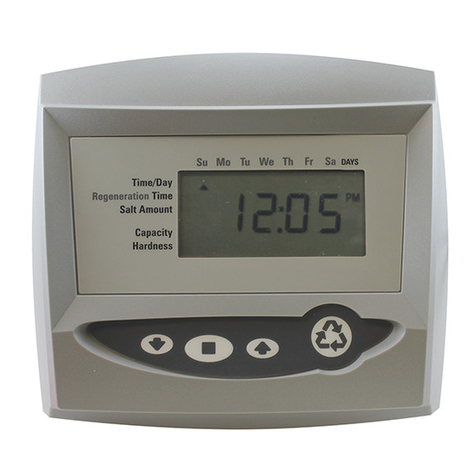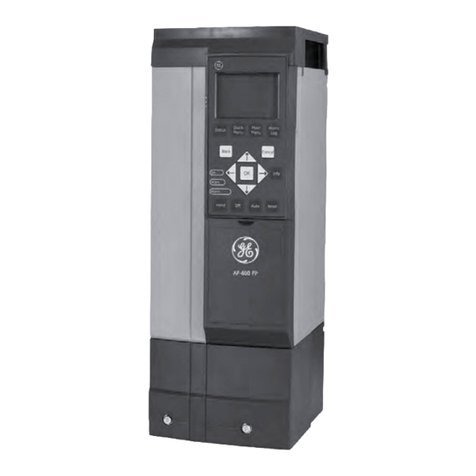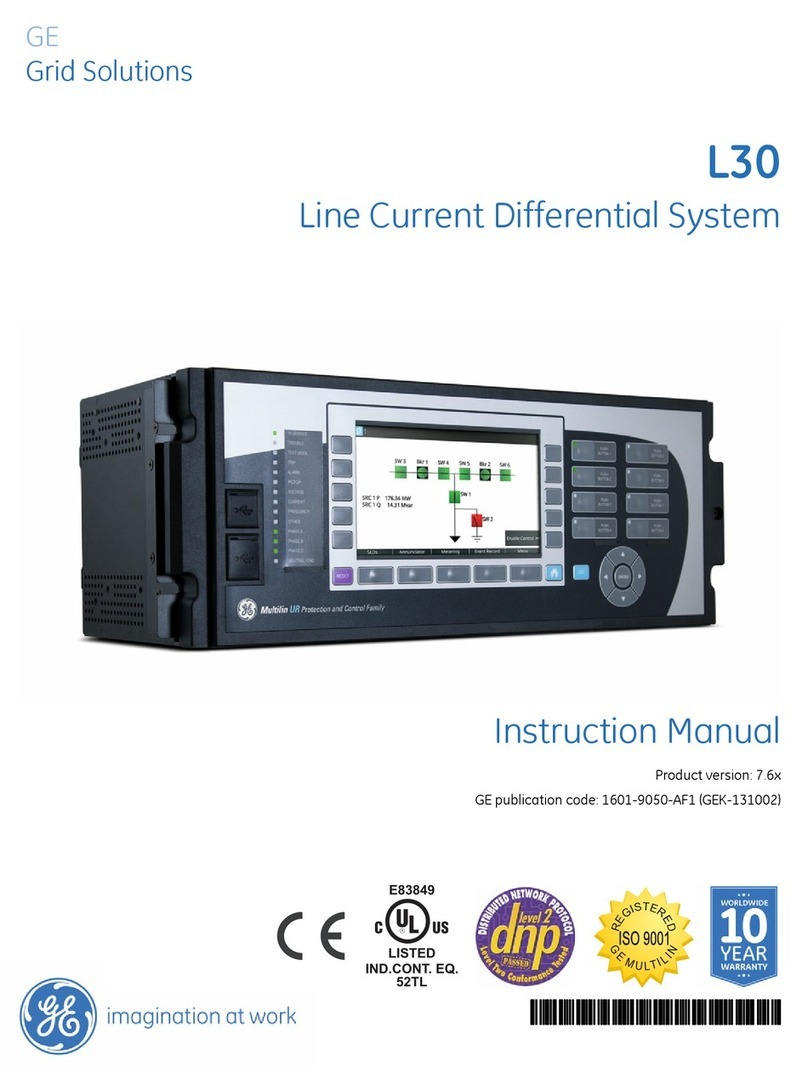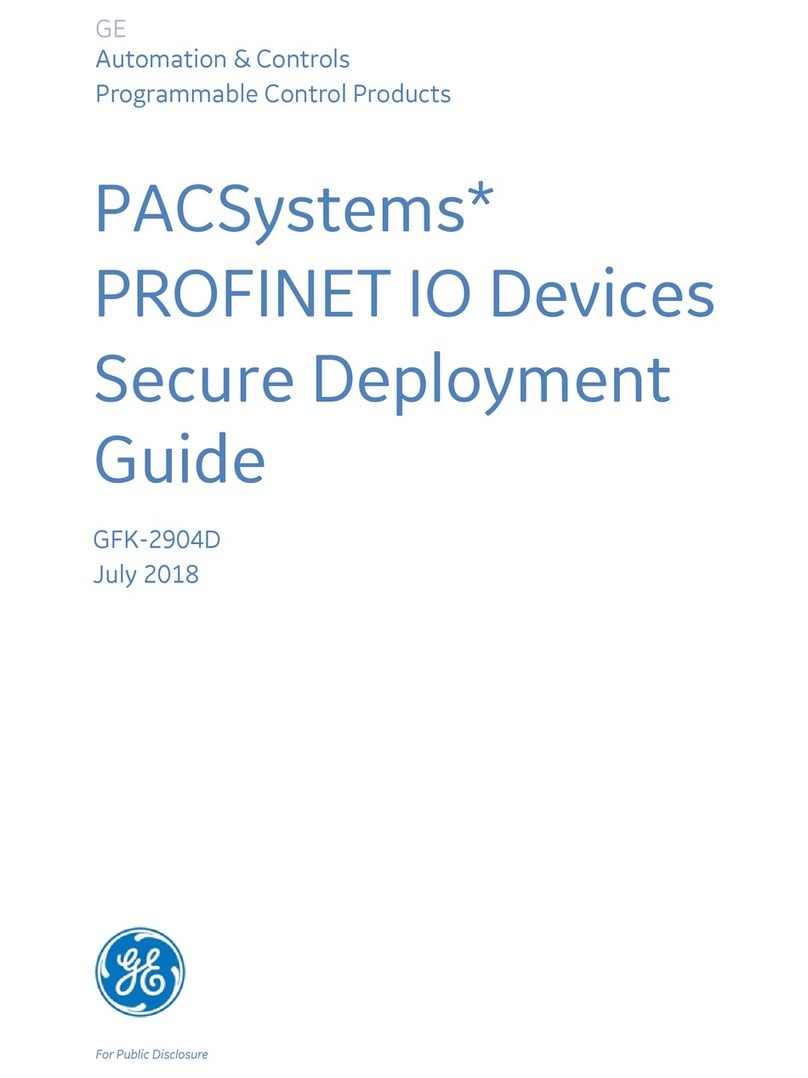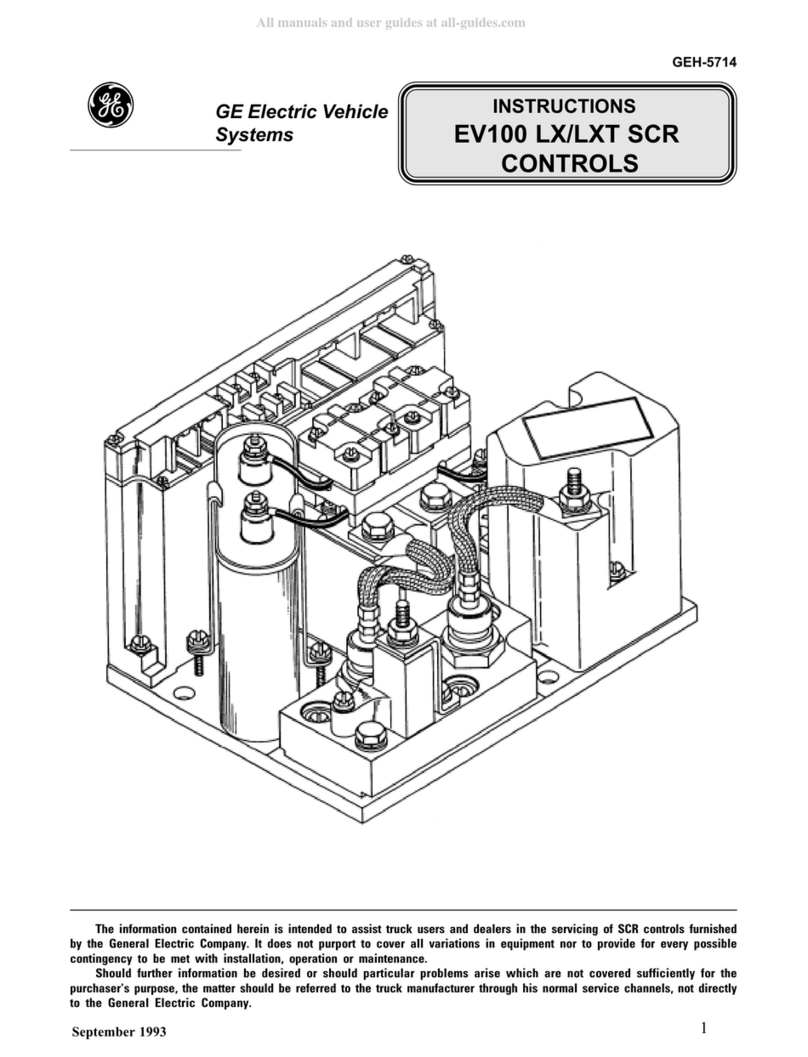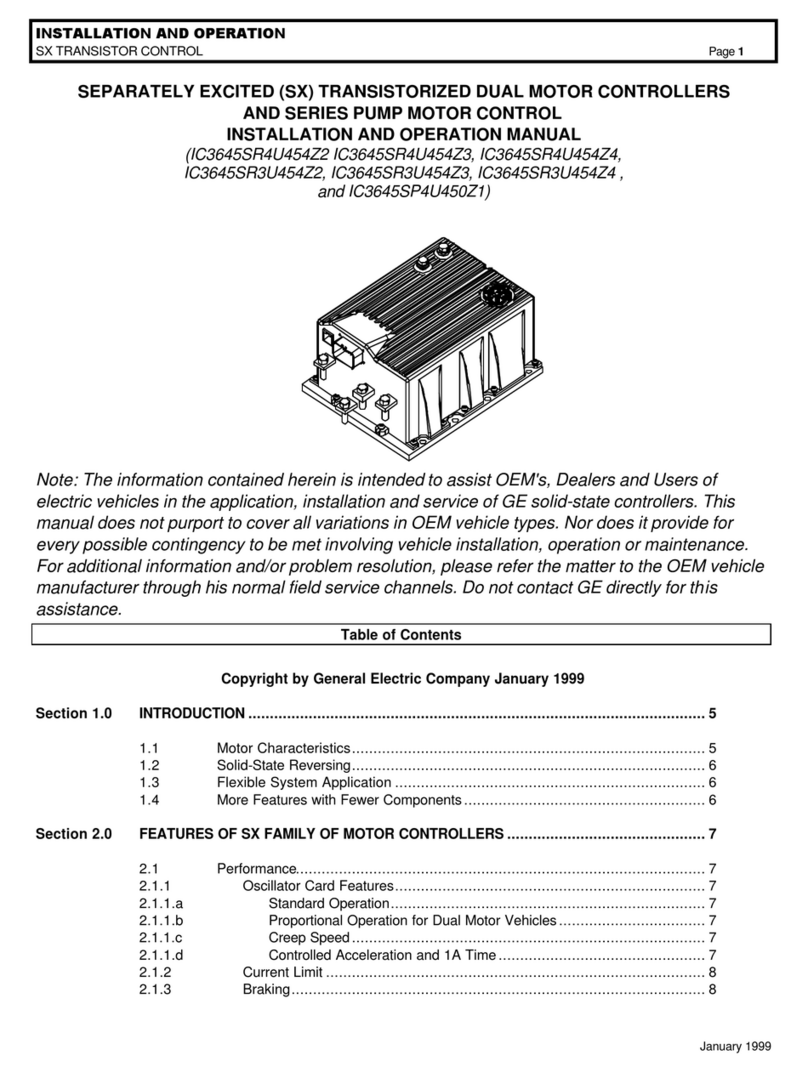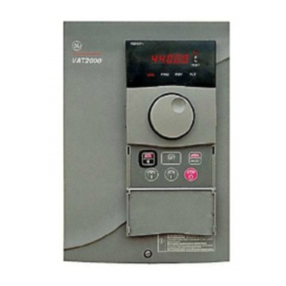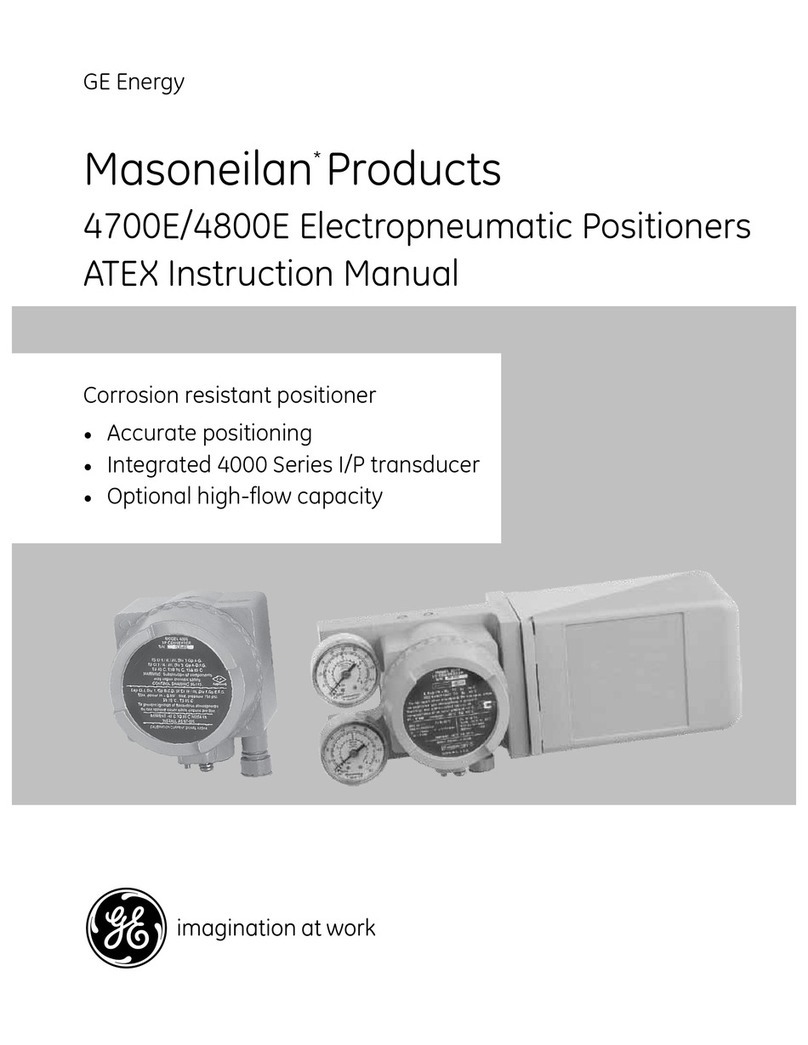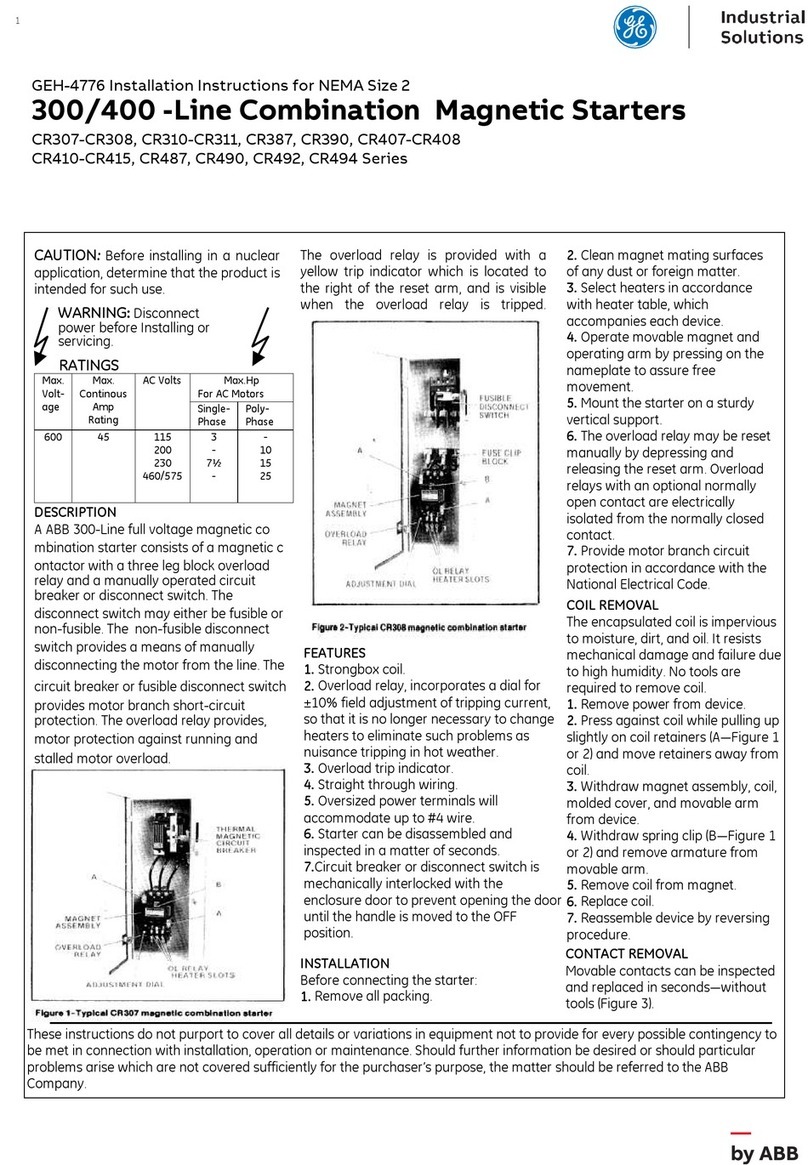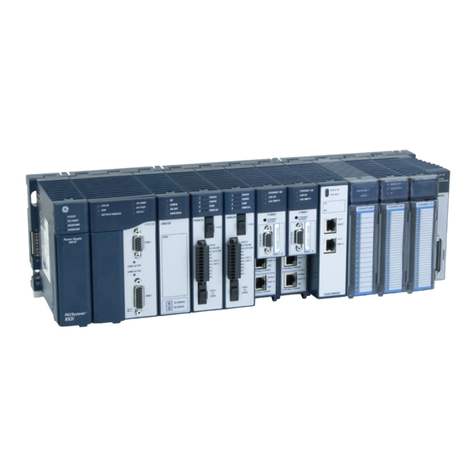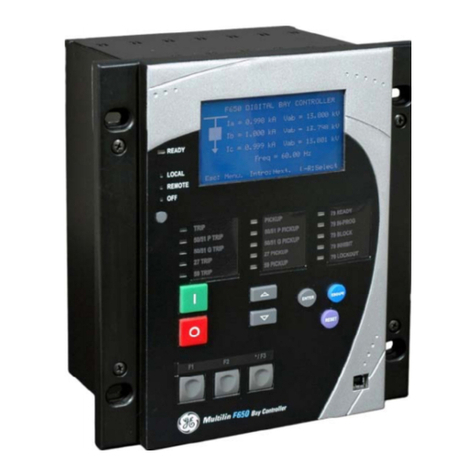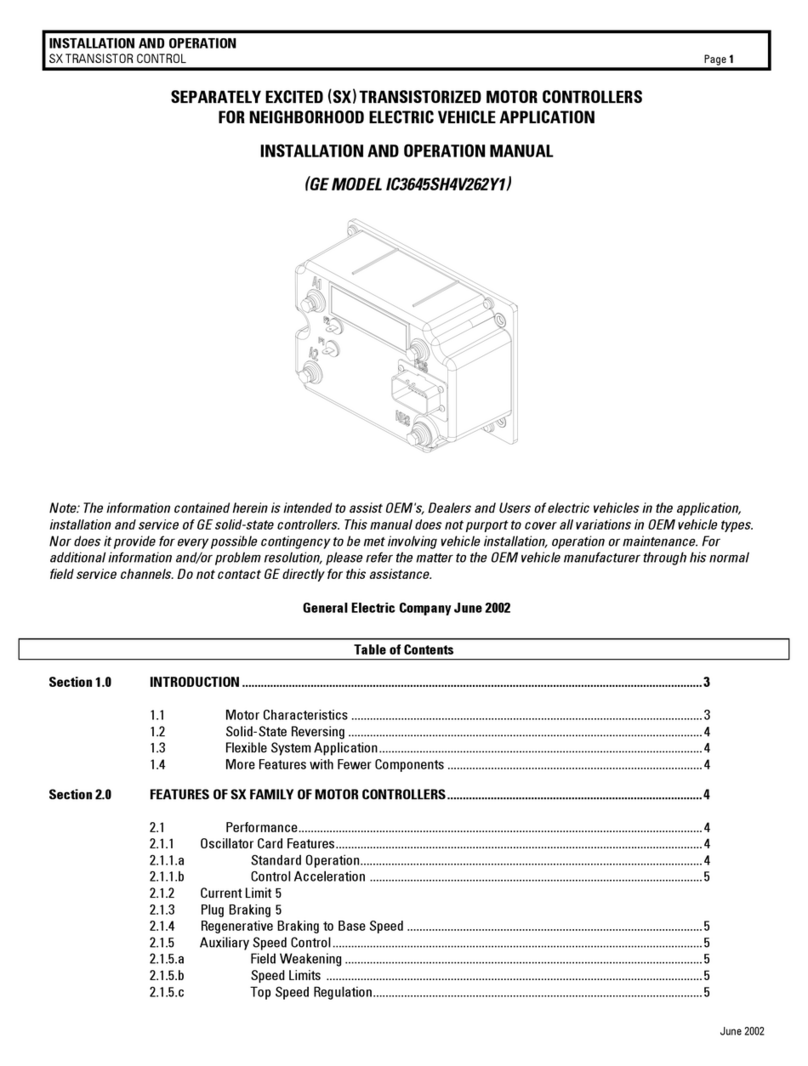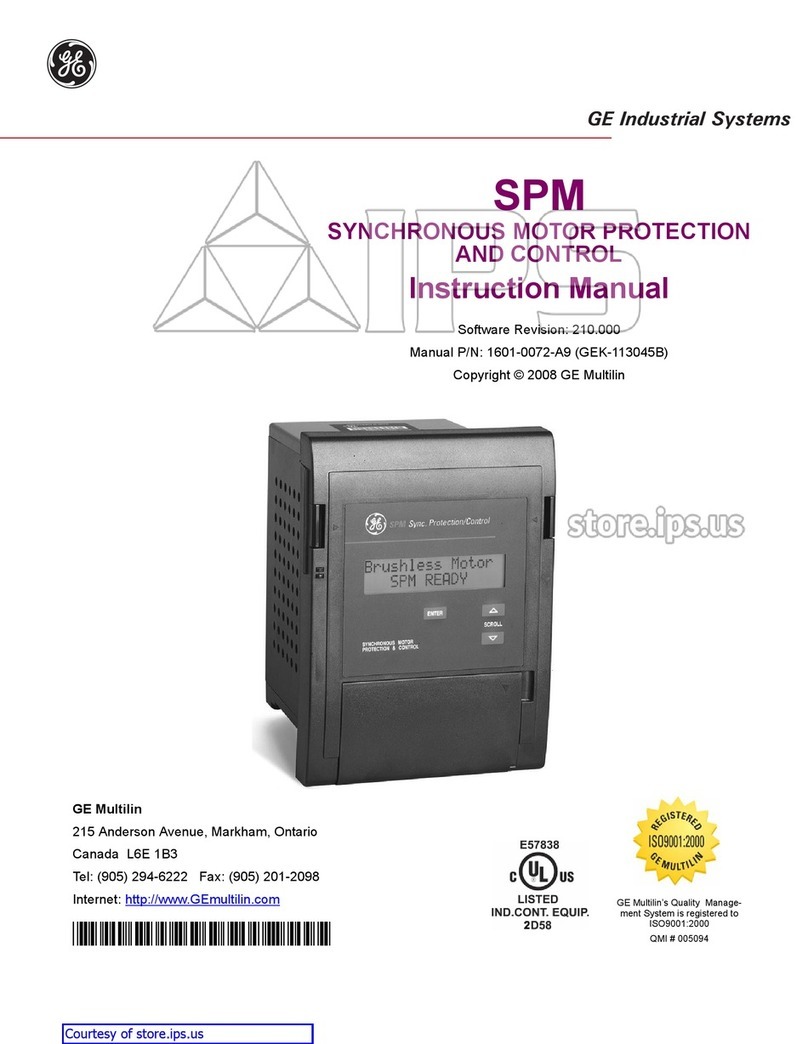
TABLE OF CONTENTS
GEK-106305A DTR Digital Tap Changer Controller 1
TABLE OF CONTENTS
1. GENERAL DESCRIPTION AND APPLICATION 5
2. OPERATION PRINCIPLES 8
2.1 CONTROL FUNCTIONS 8
2.1.1 REGULATION ALGORITHMS.......................................................................................................................8
2.1.2 OPERATING CURVE...................................................................................................................................11
2.1.3 REGULATION AUTOMATISM.....................................................................................................................12
2.1.4 EXCESSIVE OPERATIONS BLOCK...........................................................................................................15
2.1.5 SUCCESSIVE OPERATIONS IN A CERTAIN TIME FRAME BLOCK........................................................15
2.1.6 OVERVOLTAGE, UNDERVOLTAGE AND OVERCURRENT BLOCKS.....................................................15
2.1.7 QUICK LOWERING FUNCTION..................................................................................................................15
2.2 MONITORING AND REGISTER FUNCTIONS 16
2.2.1 MEASUREMENTS.......................................................................................................................................16
2.2.2 COUNTERS .................................................................................................................................................17
2.2.3 INTERNAL STATUS.....................................................................................................................................18
2.2.4 SELF-CHECKING FUNCTIONS..................................................................................................................28
2.3 ANALYSIS FUNCTIONS 29
2.3.1 EVENT REGISTER......................................................................................................................................29
2.4 CONTROL FUNCTIONS 29
2.4.1 ALARMS TREATMENT................................................................................................................................29
2.4.2 SIGNALING..................................................................................................................................................31
2.4.3 COMMANDS ................................................................................................................................................31
2.4.4 TIME SYNCHRONIZATION.........................................................................................................................31
2.4.5 CONFIGURABLE INPUTS AND OUTPUTS................................................................................................32
2.4.6 SETTING TABLES.......................................................................................................................................34
2.5 USER INTERFACE AND COMMUNICATIONS 35
2.5.1 LOCAL USER INTERFACE .........................................................................................................................35
2.5.2 REMOTE COMMUNICATIONS. SOFTWARE.............................................................................................38
3. SETTINGS 42
3.1 SETTINGS 42
3.2 COMMENTS ABOUT THE SETTINGS 45
3.2.1 GENERAL SETTINGS .................................................................................................................................45
3.2.2 X1.REGULATION SETTINGS......................................................................................................................47
3.2.3 X2. BLOCK SETTINGS...............................................................................................................................48
3.2.4 X3. TIMERS..................................................................................................................................................48
3.2.5 X4. VOLTAGE SETPOINT...........................................................................................................................49
4. PROGRAMMING THE UNIT 50
4.1 INPUT CONFIGURATION 50
4.2 OUTPUT CONFIGURATION 53
4.3 GRAPHIC DISPLAY CONFIGURATION 53
4.4 MAIN SCREEN 54
4.5 ALARMS SCREEN 56
4.6 MEASURES SCREEN 58
4.7 INPUTS/OUTPUTS SCREEN 58
5. TECHNICAL CHARACTERISTICS 60
5.1 MODEL LIST 60
5.2 TECHNICAL CHARACTERISTICS 61
